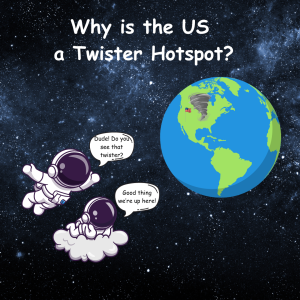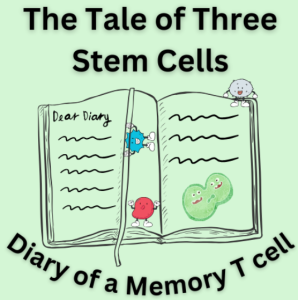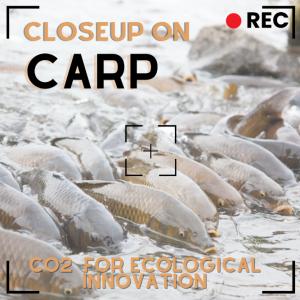Tornado Terrain: Why is the US a Twister Hotspot?
By Danielle Rodriguez, C2ST Intern, Waubonsee Community College
On a warm February night not too long ago, tornado storms swept through my college campus and hit surrounding towns. It was unusual to experience such a storm during a usually calm winter month. When I arrived at class the day after the storm, I saw uprooted trees, light poles completely knocked down, and traffic signs scattered. I began to wonder about how tornadoes form and why the United States experiences so many of them.

Continue reading “Tornado Terrain: Why is the US a Twister Hotspot?”




